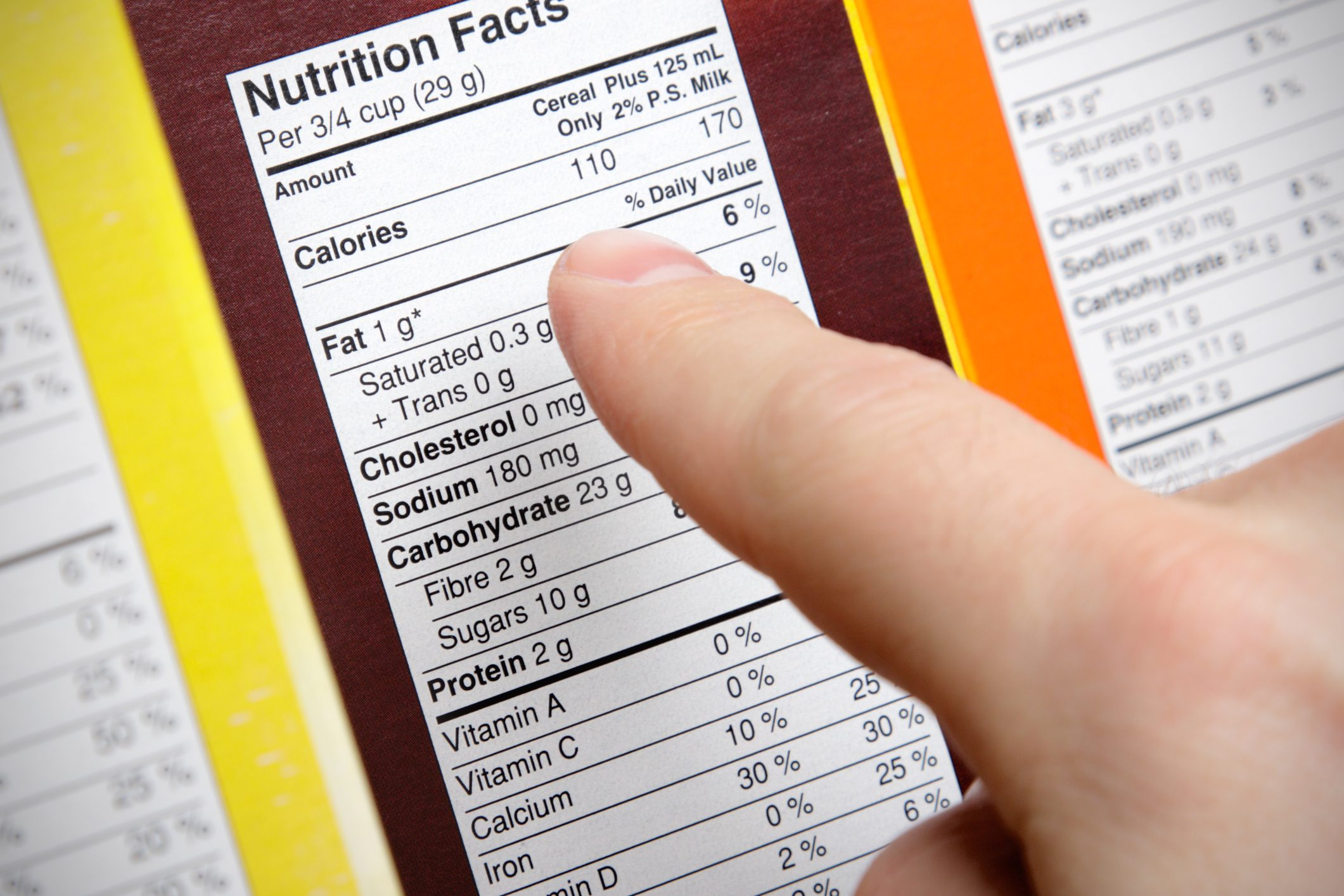Why Do Processed Foods Contain So Much Sugar?
It’s no secret that we consume way too much sugar. Sugar, rather than fat, is now the biggest culprit behind cardiovascular disease, according to Harvard Medical School. The National Cancer Institute estimates that an average adult consumes about 24 teaspoons of sugar each day, in contrast to the allowable amount of 6 teaspoons! The reason why it’s so difficult to control sugar intake, is because many of the foods we consume have hidden sugars. Read on to find out why.
;Resize,width=742;)
When talking about sugar, we naturally assume only sweet processed foods contain a lot of the stuff, but did you know that savory foods also contain a lot of sugar? Condiments, processed meats, and even bread all contain added sugars. And all this can add up very quickly. But why do manufacturers add sugars to foods? Many think it’s an evil plot to make the nation fat, but there are actually valid scientific reasons for it!

From a food science point of view, sugar (technically called sucrose) is an extremely important ingredient, and has several different functions in food. The most obvious function is taste. Let’s face it, sugar makes things taste good. And if it tastes good, there’s a higher likelihood that the food will be consumed. So, sugar plays a major role in making nutritious foods more palatable so that people will eat more of it.

Ever cooked a piece of steak until it gets that that delicious, brown crust? That’s because of a chemical reaction called the Maillard Reaction – a reaction between reducing sugars and amino acids within the meat. This reaction, together with another called caramelization (the breakdown and browning of sugars), all rely on sugar. Both of these processes add flavor and color to a food, and is vital in the production of candy, sauces, bread, and even chocolate.

Sugar also plays a role in the structure and texture of foods. In the bread baking process, sugar affects gluten development, softening the dough and tenderizing it. It creates a delicious crust and gives the bread flavor (due to yeasts breaking down the sugar).
In cookies, sugar influences the spreadability of the cookie dough, because as the cookies heat in the oven, the sugar melts, resulting in the spread of the cookies. If you’ve ever tried to reduce the amount of sugar in a cake, and were left with something as hard as a rock, you will likely appreciate the function of sugar in cakes. Sugar molecules are attracted to moisture, which helps to keep a cake moist and fluffy.

Without sugar, there won’t be any wine, beer, cheese, vinegar, or yoghurt. The process by which these foods and beverages are made, is called fermentation. During this process, sugars are broken down by microorganisms (yeast or bacteria) to produce alcohol or organic acids.

Sugar’s most important function (that people simply don’t realize) is that of preservation. Sugar is hygroscopic, which means it’s attracted to water. When you add sugar to a product, it attracts water from the surrounding environment. This means that the water becomes unavailable for microorganisms to use, and without water, they are unable to grow or reproduce.

If you’re looking to reduce your sugar intake, make a habit of scrutinizing labels to see how much sugar a product contains. Try to reduce the sugar you have control over – i.e. the sugar you add to cereal, coffee, or tea. Remember that these sugars play an important role in processed foods, and is what makes it delicious and safe to eat! So, while it’s difficult (and also not wise) to remove sugar altogether, you can make informed decisions when you read the labels!
;Resize,width=767;)
;Resize,width=712;)
;Resize,width=712;)
;Resize,width=712;)
